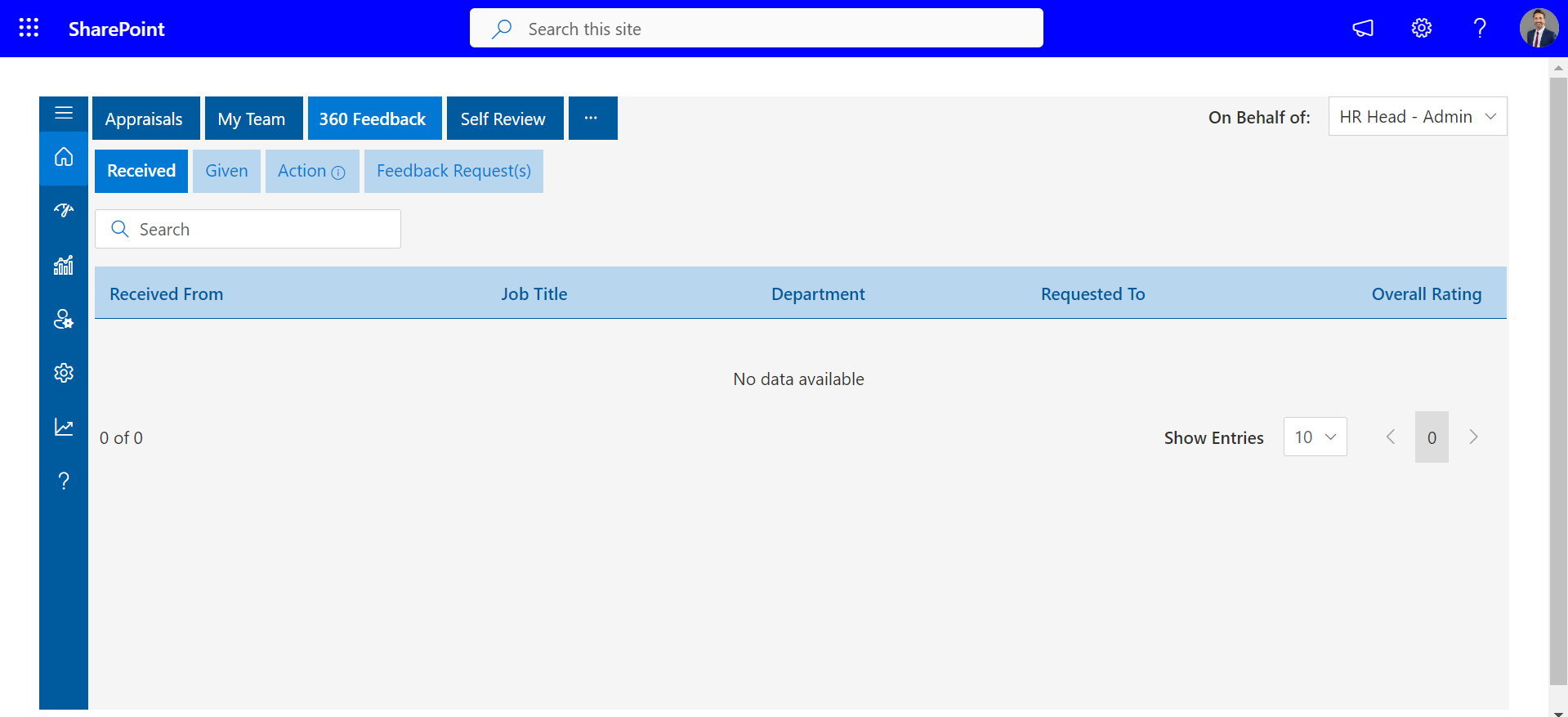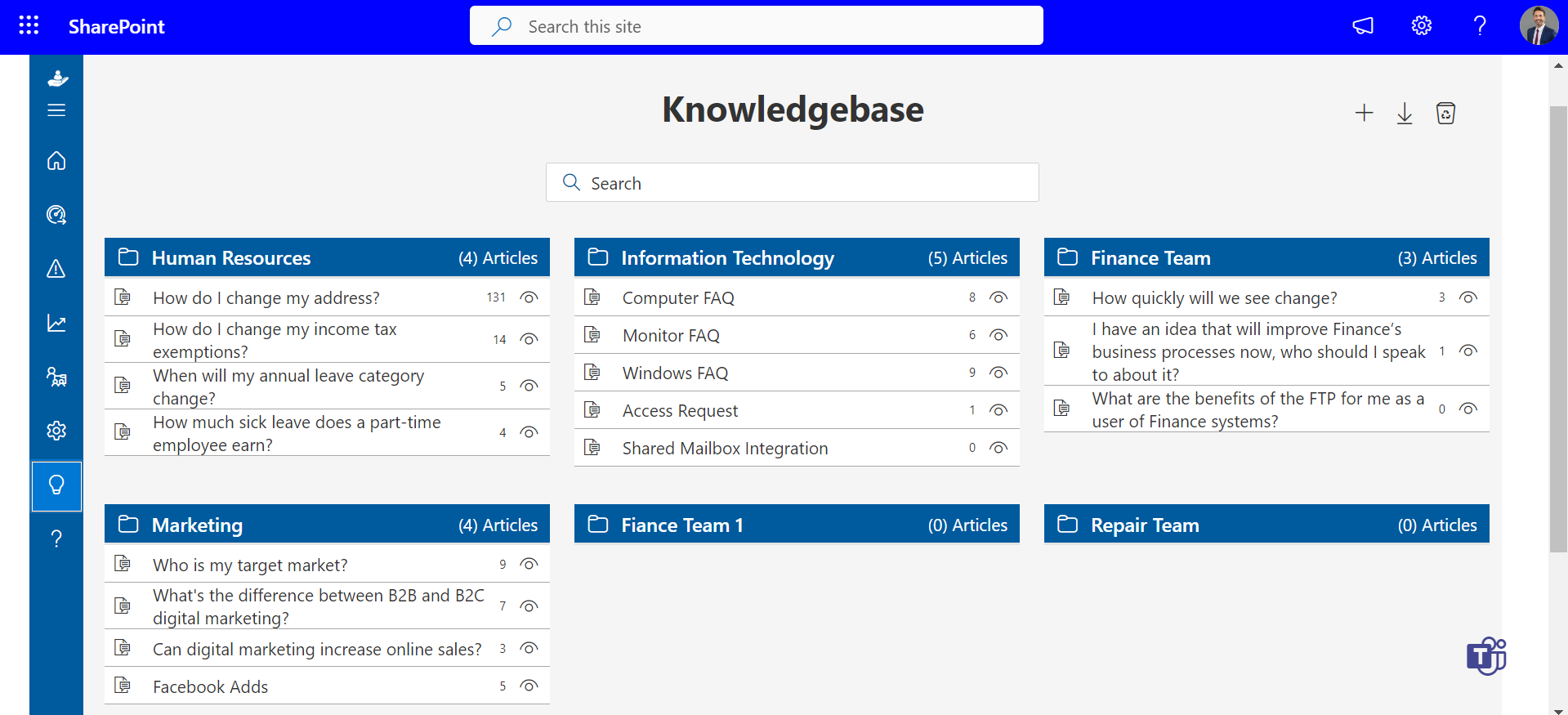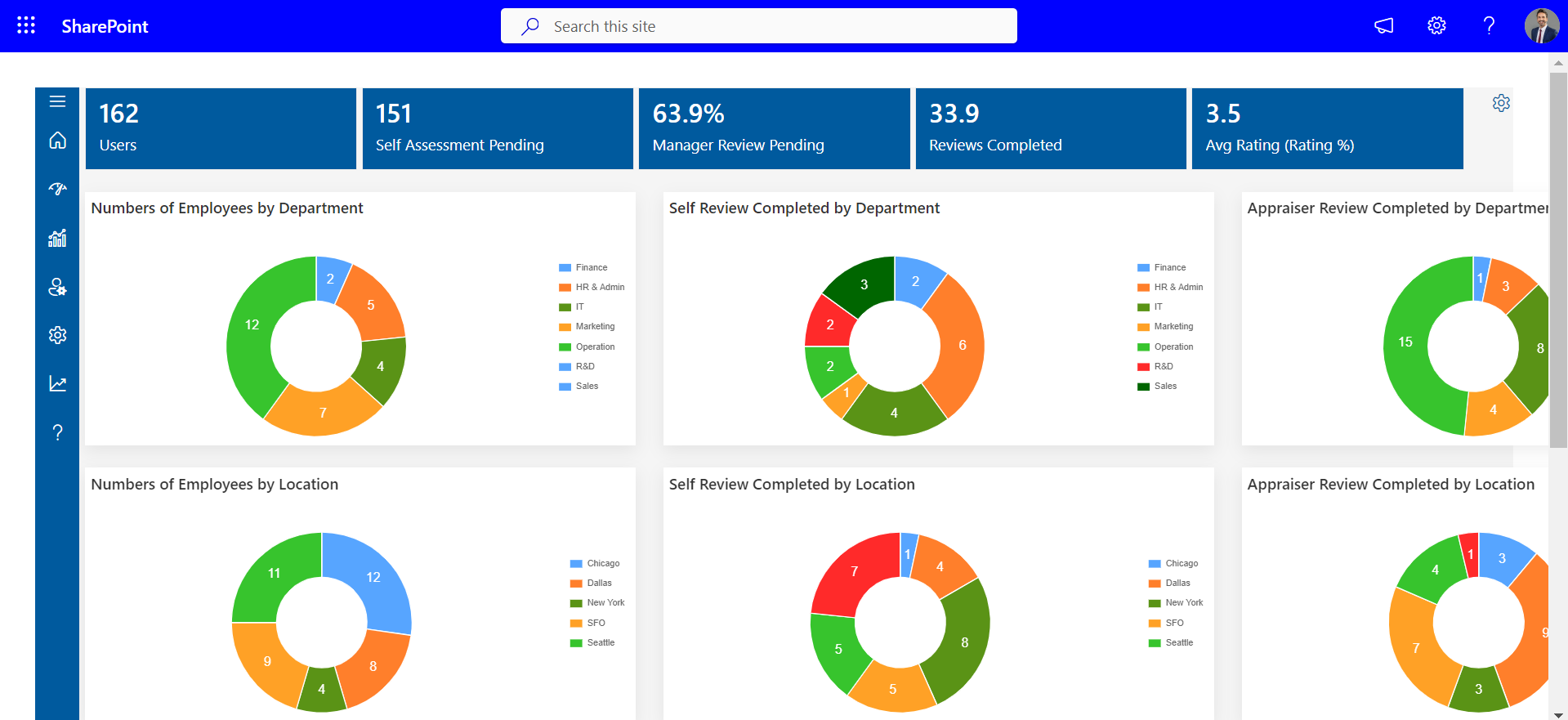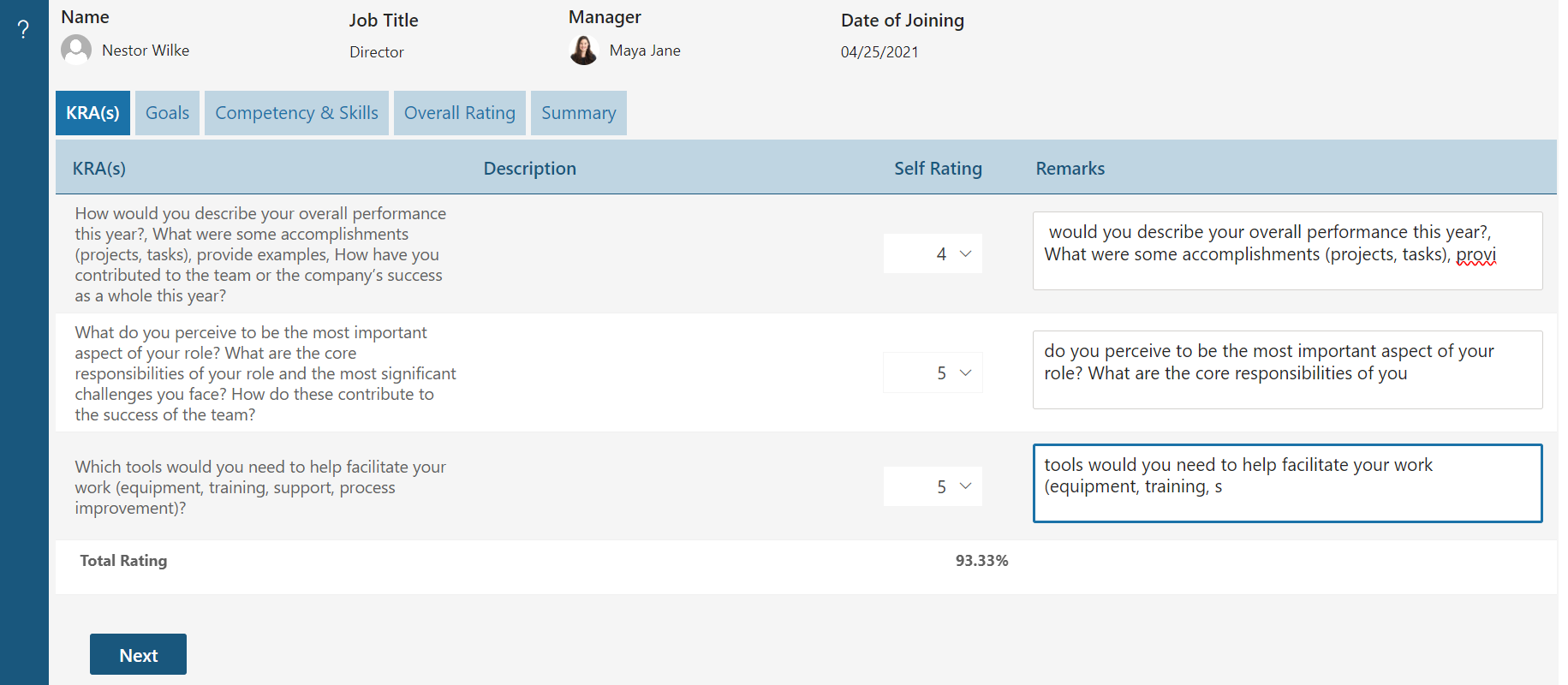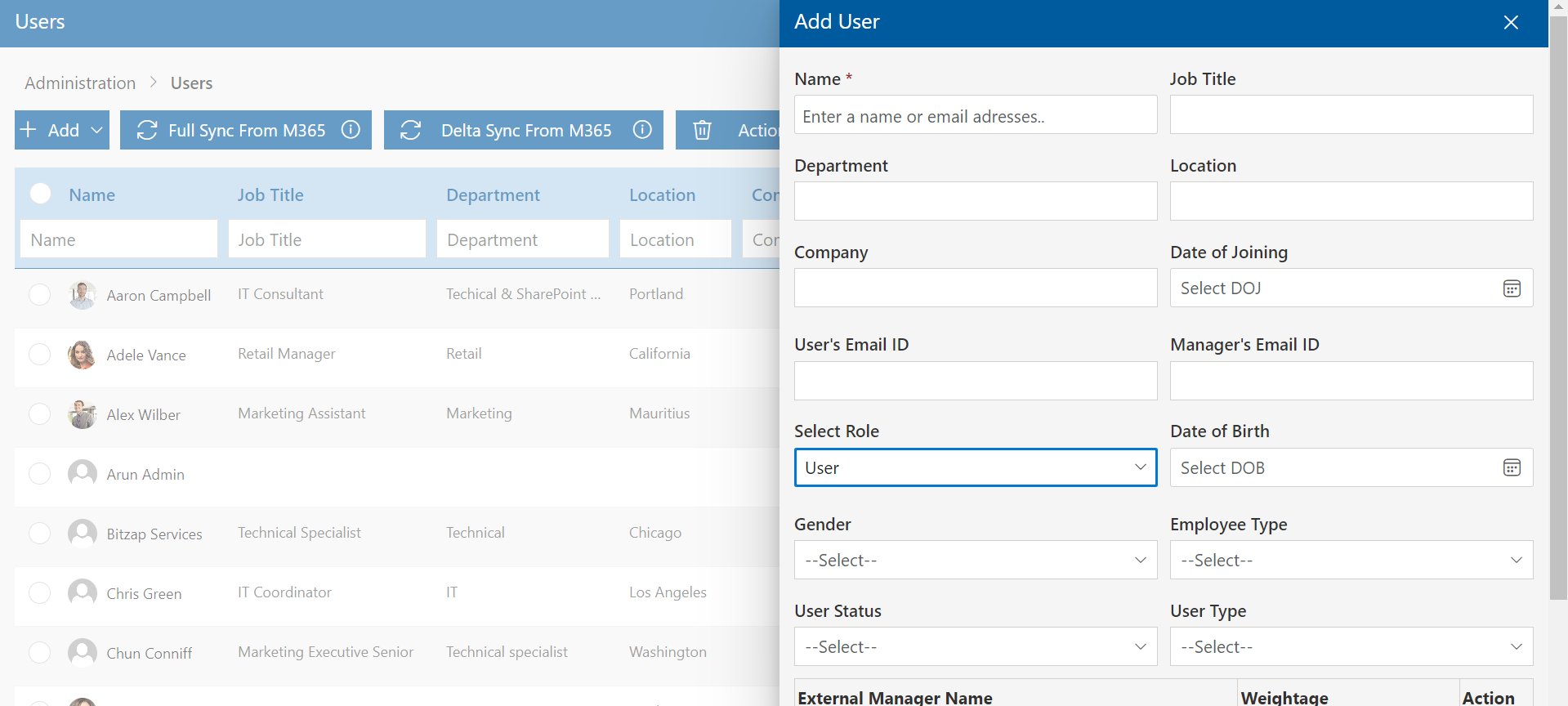Employee Performance Management Solutions
Employee Performance Management solutions helps in to Maximize productivity and Gain insights to optimize performance of the employees. Let’s discuss more below:
Best Employee Performance Management Solutions: Your Ultimate Guide
Choosing the right Employee performance management solutions is super important for helping employees do their best at work and making the workplace feel good. This software is easy to use and has cool features that help set goals, give feedback, and see how everyone is doing. When managers use these tools every day, they can see how well employees are doing, find ways to help them get better, and cheer them on when they do a good job.
These software programs can be changed to fit how your company works and what it needs. When picking the best software, think about how easy it is to use, how well it can grow as your company grows, and if it works with other programs, you already use.
What is Employee Performance Management Software?
An Employee Performance Management solution is a set of tools, processes, and strategies designed to monitor, evaluate, and improve the performance of employees within an organization. It encompasses various activities, including setting clear goals and expectations, providing regular feedback and coaching, conducting performance reviews, and recognizing and rewarding achievements.
These solutions often involve the use of software platforms or systems that facilitate performance tracking, data analysis, and communication between managers and employees. They aim to align individual performance with organizational objectives, foster employee development and engagement, and ultimately contribute to the overall success of the company.
What are the features of Employee Performance Management Solutions?
Employee performance management solution encompass various features designed to streamline the process of evaluating and improving employee performance within an organization. These features typically include:
Goal Setting and Alignment:
The goal setting and alignment system facilitates the establishment of clear, measurable objectives for both managers and employees. By aligning individual goals with organizational objectives, it ensures a cohesive direction throughout the company. This clarity enables employees to understand their roles and responsibilities, fostering a sense of purpose and direction.
Moreover, it promotes accountability and transparency, as progress towards goals can be tracked and evaluated. Ultimately, this feature enhances organizational performance by driving focus and cohesion towards shared objectives.
Continuous Feedback:
Enables ongoing communication between managers and employees, facilitating regular feedback loops rather than relying solely on annual or periodic reviews. This fosters a culture of continuous improvement and allows for timely recognition of achievements or identification of areas needing improvement.
Performance Reviews and Appraisals:
The performance reviews and appraisals feature offer a systematic approach to evaluating employee performance, enhancing objectivity and fairness in assessments. With customizable templates and evaluation criteria, managers can tailor reviews to suit the specific needs of their teams and align with organizational goals.
This structured framework allows for a comprehensive assessment of employees’ achievements and areas needing improvement, facilitating constructive feedback and development planning. By linking performance to predetermined goals and competencies, it promotes accountability and encourages continuous improvement within the workforce.
360-Degree Feedback:
The 360-degree feedback system integrates input from various sources such as peers, subordinates, and external stakeholders, providing a well-rounded perspective on an employee’s performance. By capturing diverse viewpoints, it offers comprehensive insights into strengths, areas for improvement, and interpersonal dynamics.
This inclusive approach fosters accountability as employees receive feedback from multiple perspectives, encouraging ownership of their development. Additionally, it cultivates collaboration and teamwork as individuals gain awareness of their impact on others within the organization.
Employee Development Planning:
The employee development planning feature facilitates the creation of tailored growth strategies informed by performance reviews and feedback. By identifying areas for improvement and leveraging strengths, it enables individuals to chart a path towards realizing their full potential. These plans outline concrete actions and allocate resources such as training programs, mentorship opportunities, or challenging assignments, aligning with both individual aspirations and organizational objectives.
Through personalized development initiatives, employees are empowered to enhance their skills and competencies, fostering career advancement and job satisfaction.
Performance Analytics and Reporting:
The performance analytics and reporting feature harnesses data analytics to provide actionable insights for managers. By tracking key performance metrics, trends, and patterns over time, it offers a comprehensive view of organizational performance.
This data-driven approach enables informed decision-making, allowing managers to identify both successes and areas needing improvement. By pinpointing performance gaps, it guides interventions to enhance overall effectiveness and efficiency.
Recognition and Rewards:
The recognition and rewards feature provides a structured platform for acknowledging employee accomplishments and contributions within the organization. Through a variety of programs, such as awards ceremonies, bonuses, or public praise, employees receive validation for their efforts and achievements.
Recognizing high performers not only reinforces desired behaviors but also motivates individuals to maintain and exceed performance standards. Moreover, it fosters a positive work culture by celebrating successes and promoting camaraderie among team members.
Succession Planning:
Succession planning is facilitated through the identification and cultivation of high-potential employees who exhibit the skills and capabilities necessary for future leadership roles. This process involves assessing individual strengths, areas for development, and readiness for advancement within the organization.
By proactively grooming talent from within, companies mitigate risks associated with leadership transitions, ensuring a seamless continuity of operations. Additionally, succession planning fosters employee retention and engagement, as it demonstrates a commitment to career development and advancement opportunities.
Who can use Employee Performance Management Solutions?
Performance management solution can be used by a wide range of organizations across various industries. This includes:
1). Corporations: Large corporations frequently employ performance management solutions to monitor and assess employee performance comprehensively throughout various departments and teams. These solutions streamline the evaluation process, providing standardized frameworks for setting goals, conducting reviews, and delivering feedback. By centralizing performance data, corporations can identify trends, areas of improvement, and high-performing individuals across the organization. This approach enables management to make data-driven decisions regarding promotions, training initiatives, and talent allocation.
2)Small and Medium-sized Enterprises (SMEs): Performance management solutions offer valuable tools for small and medium-sized enterprises (SMEs) to enhance operational efficiency and productivity. By implementing these solutions, SMEs can establish clear performance expectations and align employee efforts with company objectives. This enables better tracking of individual and team progress, facilitating timely feedback and corrective actions when needed. Additionally, performance management solutions empower SMEs to identify top performers, recognize achievements, and allocate resources effectively
3)Non-profit Organizations: Performance management solutions can be invaluable for non-profit organizations seeking to evaluate staff effectiveness in fulfilling the organization’s mission and goals. These solutions provide frameworks for setting performance expectations, tracking progress, and measuring outcomes against objectives. By implementing performance management systems, non-profits can ensure alignment between individual efforts and the broader organizational mission, maximizing impact. Additionally, these solutions facilitate the identification of areas for improvement and the allocation of resources to support staff development.
4)Government Agencies: Performance management solutions are increasingly utilized by government agencies to assess the performance of civil servants, promoting accountability and efficiency in public service delivery. These solutions provide frameworks for setting clear objectives, tracking progress, and evaluating outcomes to ensure alignment with government priorities. Similarly, non-profit organizations leverage performance management tools to evaluate staff effectiveness in advancing their mission and achieving organizational goals. By implementing these solutions, both government agencies and non-profits can enhance transparency, improve resource allocation, and drive continuous improvement in their respective sectors.
5)Educational Institutions: Educational institutions, including schools, colleges, and universities, can benefit from performance management solutions to assess faculty and staff performance effectively. These solutions provide structured frameworks for setting teaching objectives, evaluating instructional effectiveness, and supporting professional development initiatives. By monitoring student progress and academic outcomes, institutions can identify areas for improvement and tailor interventions to enhance learning experiences. Performance management tools also facilitate data-driven decision-making, enabling educational leaders to allocate resources efficiently and optimize institutional performance.
6)Healthcare Organizations: Microsoft Performance management software play a vital role in healthcare organizations, enabling hospitals, clinics, and healthcare facilities to effectively monitor the performance of medical staff. These solutions provide tools for setting clinical objectives, tracking patient outcomes, and evaluating healthcare provider performance. By analyzing data on patient care processes and outcomes, healthcare organizations can identify areas for improvement and implement targeted interventions to enhance the quality of care. Additionally, performance management solutions facilitate compliance with regulatory standards and best practices, ensuring patient safety and satisfaction.
7)Retail and Hospitality: Retail and hospitality businesses benefit greatly from performance management solutions, which allow them to evaluate employee performance across various key areas such as customer service and sales. These solutions provide structured frameworks for setting performance goals, tracking metrics, and providing feedback to employees. By analyzing performance data, businesses can identify top performers, recognize achievements, and implement targeted training or development programs to address areas needing improvement. Moreover, performance management solutions enable businesses to align employee efforts with organizational goals, ultimately enhancing customer satisfaction and loyalty.
Challenges in Employee Performance Management Solutions:
Employee Performance Management Solutions (EPMS) aim to enhance organizational productivity, engagement, and growth by effectively managing and optimizing employee performance. However, they face several challenges, including:
Subjectivity in Evaluation: Performance evaluations are susceptible to subjective biases wielded by managers, potentially resulting in unjust assessments that demoralize employees. These biases, whether conscious or unconscious, can skew perceptions of an individual’s contributions, overshadowing objective measures of performance. Employees may find themselves at a disadvantage if their manager’s biases Favor certain traits or behavior over others. Consequently, this fosters an environment of inequality and discouragement, hindering professional growth and organizational success.
To mitigate such issues, it’s crucial for companies to implement transparent evaluation criteria and provide training to managers to recognize and overcome biases in their assessments.
Lack of Alignment with Organizational Goals: If performance metrics are not aligned with the overall objectives and strategies of the organization, employees may focus on tasks that do not contribute to the company’s success.
Inadequate Feedback Mechanisms: Feedback is crucial for employee development, but if it’s infrequent or lacks specificity, employees may not understand how to improve or feel disconnected from their work.
Resistance to Change: The implementation of new performance management systems often encounters resistance from employees who are accustomed to traditional methods or skeptical of new technologies. This resistance can stem from various factors, including fear of the unknown, concerns about job security, or discomfort with changing established routines. Additionally, employees may perceive the new systems as disruptive or unnecessary, particularly if they have been successful under the previous approach.
Overcoming this resistance requires effective communication, education, and involvement of employees in the process. By addressing concerns, highlighting benefits, and providing adequate support and training, organizations can help ease the transition and encourage acceptance of the new performance management systems.
Data Privacy Concerns: SharePoint performance management software often involve collecting and analyzing employee data, which raises privacy concerns among employees about how their data is being used and protected.
Complexity in Performance Metrics: Designing effective performance metrics that accurately measure employee contributions can be challenging, especially in roles that involve intangible or subjective tasks.
Employee Engagement and Participation: When employees view performance evaluations as bureaucratic or detached from their day-to-day responsibilities, they are likely to disengage from the process, diminishing its effectiveness. This disconnect can lead to feelings of apathy, frustration, and a lack of motivation to actively participate in evaluations. As a result, the valuable insights and feedback that performance evaluations are designed to provide may be lost, hindering personal and organizational growth. To combat this, organizations must strive to make the evaluation process more meaningful and relevant to employees by linking it directly to their goals, responsibilities, and professional development.
Conclusion:
In conclusion, integrating an employee performance management solution into your organization not only enhances your ability to evaluate and improve individual and team performance but also cultivates a more cohesive and productive work environment. These solutions provide structured frameworks for setting goals, tracking progress, and providing feedback, fostering a culture of transparency and accountability. By prioritizing ongoing development and recognition of achievements, you’re not only optimizing organizational efficiency but also nurturing a culture of growth and employee engagement. So, start on your journey towards improved performance and organizational success with our performance management solution, and witness your workforce thrive while your business reaches new heights. For more information, look at our product Performance Management 365.
Frequently Asked Questions
Unlike traditional performance appraisals, which are often conducted annually or semi-annually, employee performance management solutions provide continuous feedback and evaluation, allowing for real-time adjustments and improvements.
Yes, these solutions often include tools for skills assessments and competency mapping, enabling organizations to pinpoint areas where additional training or development may be needed to bridge skill gaps.
By promoting regular communication, goal alignment, and recognition of achievements, these solutions empower employees to take ownership of their performance and career development, fostering a sense of engagement and commitment.
Most of above if not all, can be addressed by out of the box, secured, easy to use and reliable helpdesk ticketing system by Helpdesk 365 from HR365 built on Microsoft 365 platform and used globally by 6000+ clients.
Using an employee performance management solution offers numerous benefits for organizations. Here are some of the key advantages:
Enhanced Transparency and Communication: Performance management solutions provide a centralized platform for setting goals, providing feedback, and evaluating performance. This transparency fosters open communication between managers and employees, ensuring alignment with organizational objectives and expectations.
Improved Goal Alignment: Performance management solutions help align individual goals with organizational objectives. Employees can see how their work contributes to broader company goals, leading to increased engagement and motivation.
Efficiency and Time Savings: Automating performance management processes saves time and reduces administrative burdens. Tasks such as scheduling reviews, collecting feedback, and tracking progress become more streamlined, allowing managers and HR professionals to focus on strategic initiatives.
Continuous Feedback and Coaching: Performance management solutions facilitate continuous feedback loops between managers and employees. Regular feedback helps employees understand their strengths and areas for improvement, while coaching tools support their development and growth over time.
Data-Driven Insights: Performance management solutions collect data on employee performance, which can be used to identify trends, track progress, and make informed decisions. Analytics tools provide valuable insights into performance metrics, allowing organizations to optimize their talent management strategies.
Support for Employee Development: Performance management solutions enable personalized development plans based on employees’ strengths, weaknesses, and career aspirations. Training resources, skill assessments, and career pathing tools help employees develop their skills and advance their careers within the organization.
Recognition and Reward: Performance management solutions facilitate the recognition of employee achievements and contributions. Whether through formal performance evaluations or informal feedback mechanisms, acknowledging and rewarding outstanding performance boosts morale and reinforces desired behaviors.
Compliance and Documentation: Performance management solutions help organizations maintain compliance with regulatory requirements and internal policies. By documenting performance reviews, feedback, and disciplinary actions, organizations can mitigate legal risks and ensure fairness and consistency in their processes.
Overall, employee performance management solutions play a crucial role in driving organizational success by optimizing employee performance, fostering a culture of continuous improvement, and supporting talent development initiatives.
Yes, employee performance management solutions can be adapted to suit the needs of businesses of all sizes, from small startups to large enterprises. Many solutions offer scalability and customization options to accommodate the unique requirements and budgets of different organizations.
Employee performance management solutions promote employee engagement and motivation by:
- Providing clarity on goals, expectations, and performance criteria
- Offering regular feedback and recognition for achievements
- Supporting career development and growth opportunities
- Empowering employees to take ownership of their performance and development
- Promoting a culture of transparency, fairness, and accountability
Best practices for implementing an employee performance management solution include:
- Clearly define performance goals and expectations
- Train managers and employees on how to use the software effectively
- Encourage open communication and feedback throughout the organization
- Regularly review and update performance management processes based on feedback and results
- Ensure data security and compliance with relevant regulations, such as GDPR or CCPA
Schedule a free personalized 1:1 demo
By proceeding, you accept Cubic Logics’s terms and conditions and privacy policy


Start Your Free Experience
By proceeding, you accept Cubic Logics’s terms and conditions and privacy policy






Schedule a free personalized 1:1 demo
By proceeding, you accept Cubic Logics’s terms and conditions and privacy policy






Try It Free, No Obligation
By proceeding, you accept Cubic Logics’s terms and conditions and privacy policy






Offer is expiring soon!
Fill in your details below to receive your personalized coupon code.
Start Your Free Experience
By proceeding, you accept Cubic Logics’s terms and conditions and privacy policy








